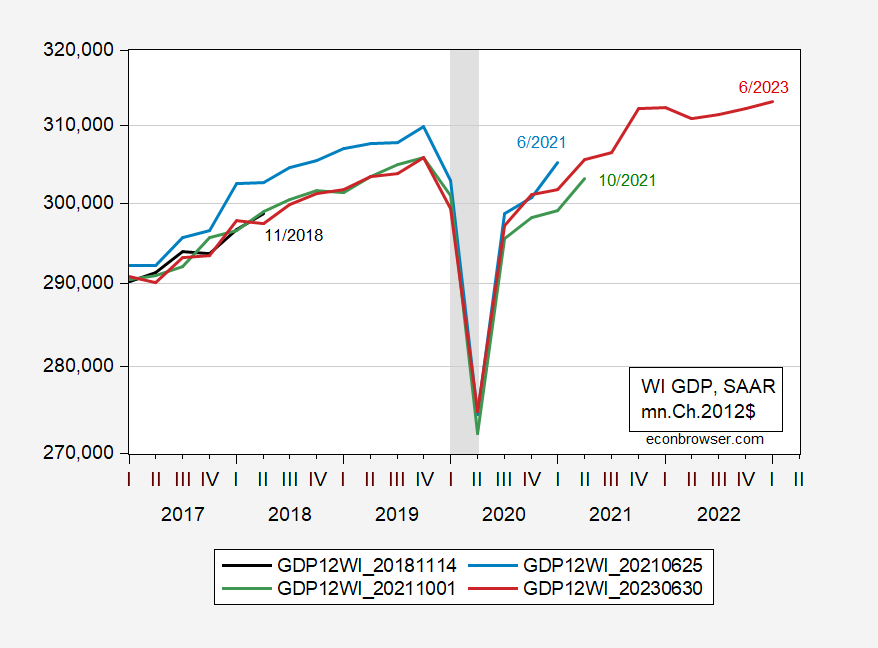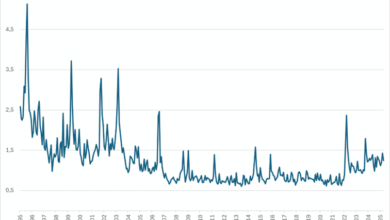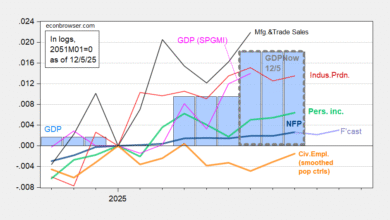
WisGOP thinks so.
“From an economic recession to cheerleading for DEI, Governor Tony Evers has dragged Wisconsin down over the course of his tenure. …”
If one takes the NBER definition of a recession, then WisGOP’s assessment is off. From NBER:
The NBER’s definition emphasizes that a recession involves a significant decline in economic activity that is spread across the economy and lasts more than a few months. In our interpretation of this definition, we treat the three criteria—depth, diffusion, and duration—as somewhat interchangeable. That is, while each criterion needs to be met individually to some degree, extreme conditions revealed by one criterion may partially offset weaker indications from another. …
Because a recession must influence the economy broadly and not be confined to one sector, the committee emphasizes economy-wide measures of economic activity. The determination of the months of peaks and troughs is based on a range of monthly measures of aggregate real economic activity published by the federal statistical agencies. These include real personal income less transfers, nonfarm payroll employment, employment as measured by the household survey, real personal consumption expenditures, wholesale-retail sales adjusted for price changes, and industrial production. There is no fixed rule about what measures contribute information to the process or how they are weighted in our decisions. In recent decades, the two measures we have put the most weight on are real personal income less transfers and nonfarm payroll employment. [emphasis added – MDC]
Here are some data for Wisconsin.
Figure 1: Wisconsin Nonfarm Payroll Employment (dark blue), Philadelphia Fed early benchmark measure of NFP (pink), Civilian Employment (tan), real wages and salaries, deflated by national chained CPI (sky blue), GDP (red), coincident index (green), all in logs 2021M11=0. Source: BLS, BEA, Philadelphia Fed [1], [2], and author’s calculations.
NFP has continued to rise, as has NFP adjusted by the Philadelphia Fed to account for QCEW data. Real wages and salaries, a proxy for personal income, have risen over 2023.
I think WisGOP has been looking at GDP, and noting the three consecutive quarters of negative growth (although the third quarter is is barely down, at only -0.03%, while the last reported quarter was up 1.2% q/q, 5% annualized rate). However, NBER BCDC does not rely first and foremost on GDP reported at a quarterly basis, in part because of the large revisions to GDP that sometimes occur. This is discussed with respect to US GDP here, while the revisions in Wisconsin GDP are shown in Figure 2.
Figure 2: Wisconsin GDP, vintage 11/14/2018 (black), vintage 6/25/2021 (blue), vintage 10/01/2021 (green), 6/30/2023 (red), mn Ch.2023$, SAAR. NBER defined recession dates shaded gray. Source: BEA via ALFRED, NBER.
Source link






